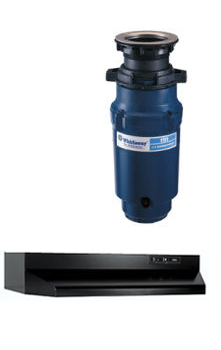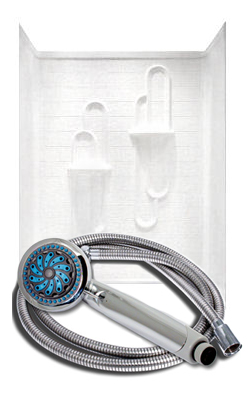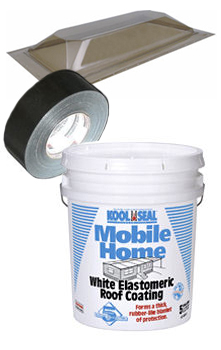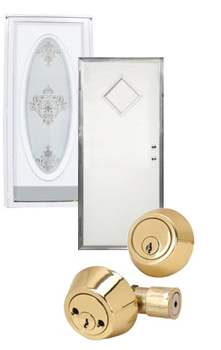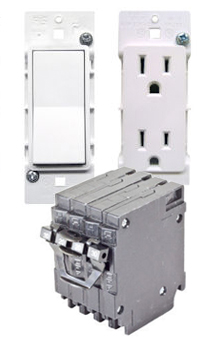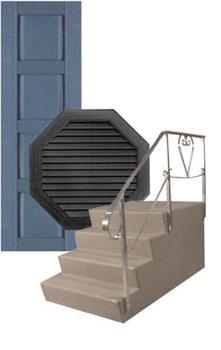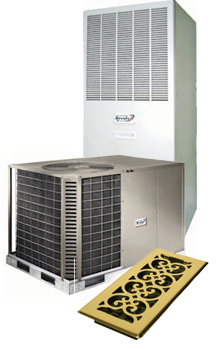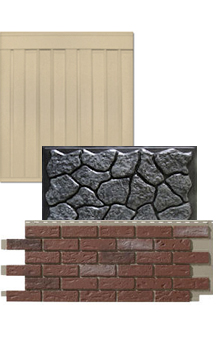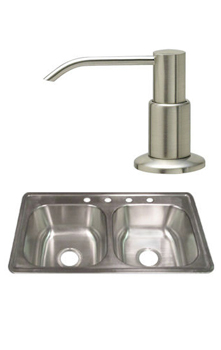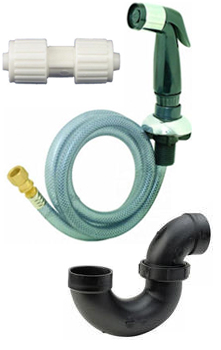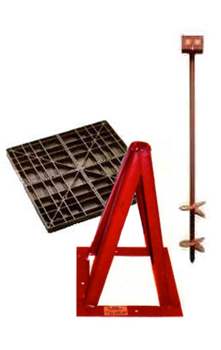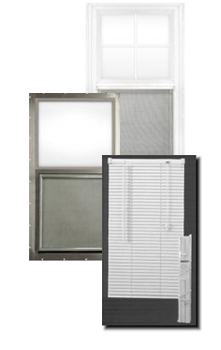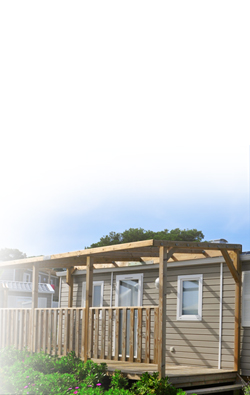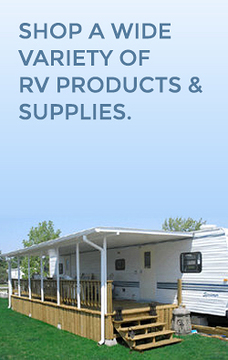 A lot of RVers have started questioning whether they need wheel chocks. After all, you have parking brakes, and how often will you park on a slope?
A lot of RVers have started questioning whether they need wheel chocks. After all, you have parking brakes, and how often will you park on a slope?
Wheel chocks are essential for keeping your RV or travel trailer from rolling away. Parking brakes may work to keep your rig stable, but they need to be more reliable on their own. Even RVs with brakes and leveling jacks can still fail or shift, especially when on a slope or in a storm with strong winds and rain. However, they are not likely to fail when combined with chocks.
Read on to learn about wheel chocks and how to use them, so you can decide what type works best for your RV.
What Are Wheel Chocks?
Wheel chocks are a wedge of sturdy polyurethane or rubber placed against a vehicle’s wheels (or isolated tire) to prevent accidental rolling or movement. They are also called wheel blocks, tire chocks, trailer chocks, or wheel stops. They come in various materials, sizes, and shapes, giving buyers plenty of options. However, they all serve one critical purpose – to prevent damage or injury.
Do You Need Wheel Chocks for an RV?
Whether at a campground or in your driveway, you will always need to use wheel chocks for your RV. Wheel chocks keep the vehicle from slipping and prevent excess movement when inside the cabin or on uneven or steep surfaces.
Always use wheel chocks with your air brakes. While using wheel chocks with your parking brake may seem overkill, they will make you much safer and more secure together. A few extra moments to put wheel chocks on will pay off in the long run.
Remember, it only takes your RV one quick moment to lose its grip and cause an accident. Therefore, it is essential to take additional safety precautions, especially with your and your family’s life.
How Many Wheel Chocks Do You Need?
The weight and incline of your RV will determine how many wheel chocks you need. Smaller RVs may only need one or two chocks. However, it is best to consult your owner’s manual for more information. If you are only using two chocks, be confident that they are sturdy and secure.
Large heavier vehicles, however, may require more support. Therefore, you must use one chock per tire or four chocks secured to the front and back tires to ensure it does not roll away.
Always ensure the wheel chock is pressed against the tire’s tread to reduce any chance of slipping or sliding. Remember, the more wheel chocks, the safer your vehicle is.
Does My Camper Trailer or 5th Wheel Need Wheel Chocks?
Camper trailers or 5th wheels are especially important to wheel choke since they do not have a parking brake to keep them from rolling. And the emergency brake on a car or truck will not be strong enough to keep your rig from detaching and heading downhill.
Also, wheel chocks help stabilize your trailer and prevent excess movement while inside. Although campgrounds try to provide campers with a level campsite, you should always plan for the worst. Always properly secure your chocks, stay cautious, and take necessary measures to guarantee safety.
How to Use RV Wheel Chocks
Before learning how to use RV wheel chocks, you must first understand their purpose. These small ramps oppose the force against your tires to keep them steady. For instance, a wheel chock will prevent gravity from moving the wheels downward if you are on a decline, giving them stability. However, there are several variables to consider before using your wheel chocks. Here are some conditions to consider for your safety before installing your wheel chock:
- Wheel Size: The size of your chock will depend on the diameter of your tire. For example, a small-diameter tire will require a smaller chock.
- Vehicle Weight: Heavier vehicles will require larger chocks than lighter vehicles.
- Ground Surface Level: Positioning chocks will depend on whether the ground is level.
- Radial Tires vs. Bias-Ply Tires: Radial tires deflect more than bias-ply tires. They allow the tire to wrap around the wheel chock and will reduce its effectiveness.
- Tire Pressure: It is essential to monitor your tire pressure since low tire pressure can lead to chocking failures.
- Condition of the Ground Surface: The ground condition is crucial when determining what type of chock to use. Frozen or icy terrains will require wheel chocks with a cleated bottom. Whereas severely wet or muddy terrains might require multiple chocks.
How to Install Wheel Chocks?
 Installing wheel chocks is relatively simple, regardless of whether you are camping or your RV is in storage. The key to proper chocking is the positioning of the chocks themselves. Always follow these simple rules when choking a vehicle to ensure maximum efficiency and safety.
Installing wheel chocks is relatively simple, regardless of whether you are camping or your RV is in storage. The key to proper chocking is the positioning of the chocks themselves. Always follow these simple rules when choking a vehicle to ensure maximum efficiency and safety.
- Centered and square the chock with the tire.
- Position the wheel chock seamlessly against the tire’s tread.
- Use chocks in pairs.
- Position wheel chocks downhill and below the vehicle’s center of gravity.
- Downhill Slopes: Position the chocks in front of the front wheels.
- Uphill Slopes: position the chocks behind the rear wheels.
Depending on the type of wheel chock will determine whether you can place them after you’re parked or if you can drive up onto them. But first, let’s cover the different kinds of wheel chocks available, so you better understand what we mean. For more information on leveling and stabilizing towable RV’s, we recommend checking out Leveling and stabilizing for towable RV’s such as 5th Wheels or Travel Trailers.
Types of Chocks
Choosing the right kind of wheel chock is crucial. For example, the wheels could roll over a chock that is too small, or if it is constructed of low-quality plastic, it can easily break from the rig’s weight. To prevent this, research and purchase chocks perfect for your unit based on the weight of your RV and tire size.
To get an idea of the dimensions, measure your tire’s height and divide this number by four. Then, you should select your chocks based on that size. If you still need clarification, check the packaging of the chocks, as many specify which vehicles they accommodate.
Wheel Chock Materials
Wheel chocks come in various materials. However, durable materials such as aluminum and rubber will make your chocks more dependable. Unlike other materials, aluminum does not rust and will not wear and tear over time. In addition, these chocks will not break or bend, regardless of the weather or ground condition. They also have metal teeth to better grip the ground and secure your RV.
Rubber and synthetic, however, are great alternatives due to their high resistance to erosion and corrosion from oils and chemicals. In addition, while rubber or synthetic chocks may cost more, they last longer than any other chock material.
Wheel Chock Shape
The shape of the wheel chock is another factor to consider. Some chocks are curved to fit the exact shape of the tire—while others fit in between a set of two tires.
The X-chock fits between the tires and tightens, creating pressure against them. However, x-chocks should not be used to prevent your trailer from moving down a decline. Instead, they limit the trailer or 5th wheel’s movement while walking inside.
Finding the Right Wheel Chock for Your RV
 Camco’s RV leveling products are everything you need to keep your vehicle and trailer steady and secure with confidence. They offer both curved chocks to fit your tire exactly and their X-chock series, Wheel Stop™.
Camco’s RV leveling products are everything you need to keep your vehicle and trailer steady and secure with confidence. They offer both curved chocks to fit your tire exactly and their X-chock series, Wheel Stop™.
The Camco RV Wheel Chock with Rope is designed to keep your trailer in place and allows you to re-hitch. The chock features a rope handle for easy and safe removal and is hassle-free and easy to carry. It is constructed of highly durable hard plastic with UV inhibitors and is easy and effective. Camco RV Wheel Chock can be used on tires up to 26″.
For extra security, pair your Camco RV Wheel Chock with the Camco RV Wheel Stop™. The Camco Large RV Wheel Stop will help stop your trailer’s tandem tires from shifting using just one piece of equipment to fasten while you are parked or re-hitching. This Wheel Stop fits 26 “-30″ dia. tires with tire spacing from 3.5″ to 5.5”.
Tags: RV, rv accessories, RV supplies, wheel chock


